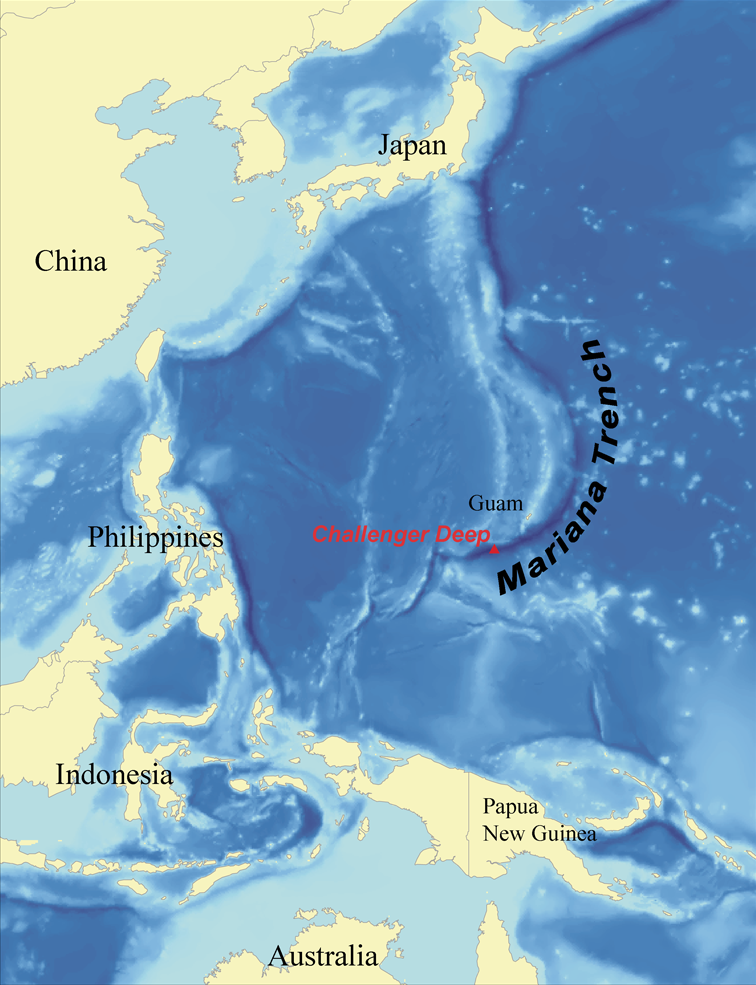7667766266
enquiry@shankarias.in
LiDAR
Tamar Valley
Permafrost
Turant Customs
Central Board of Indirect Taxes
Challenger Deep

National Oceanic and Atmospheric Administration
State of India’s Environment 2020
Source: The Hindu, DTE, News on Air